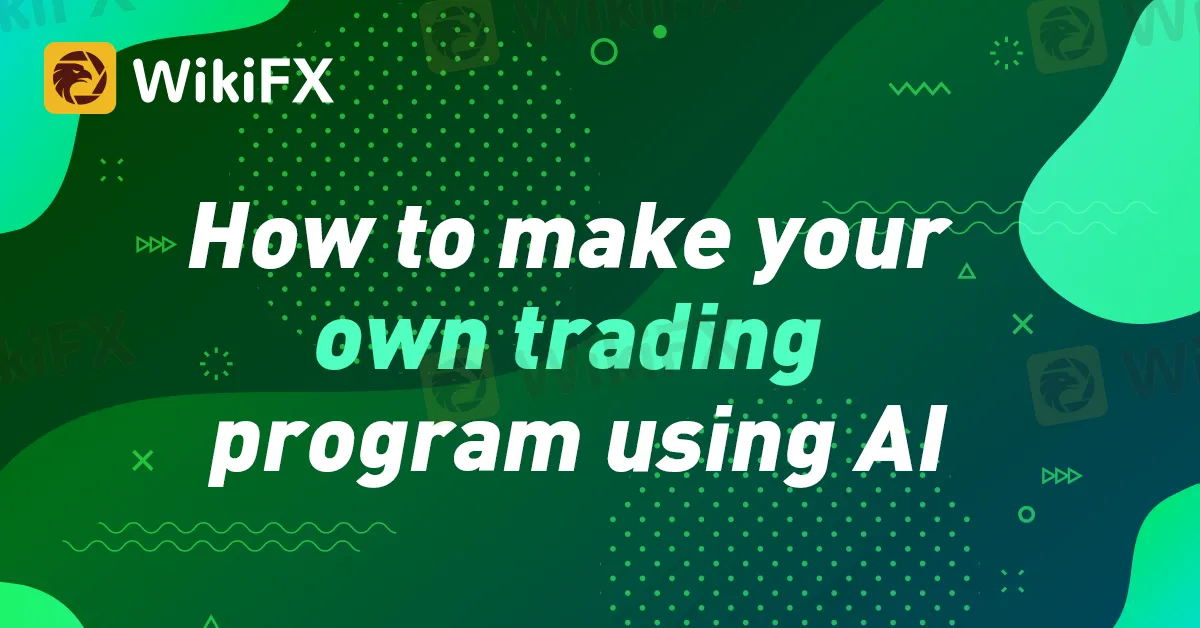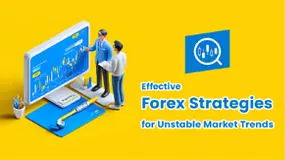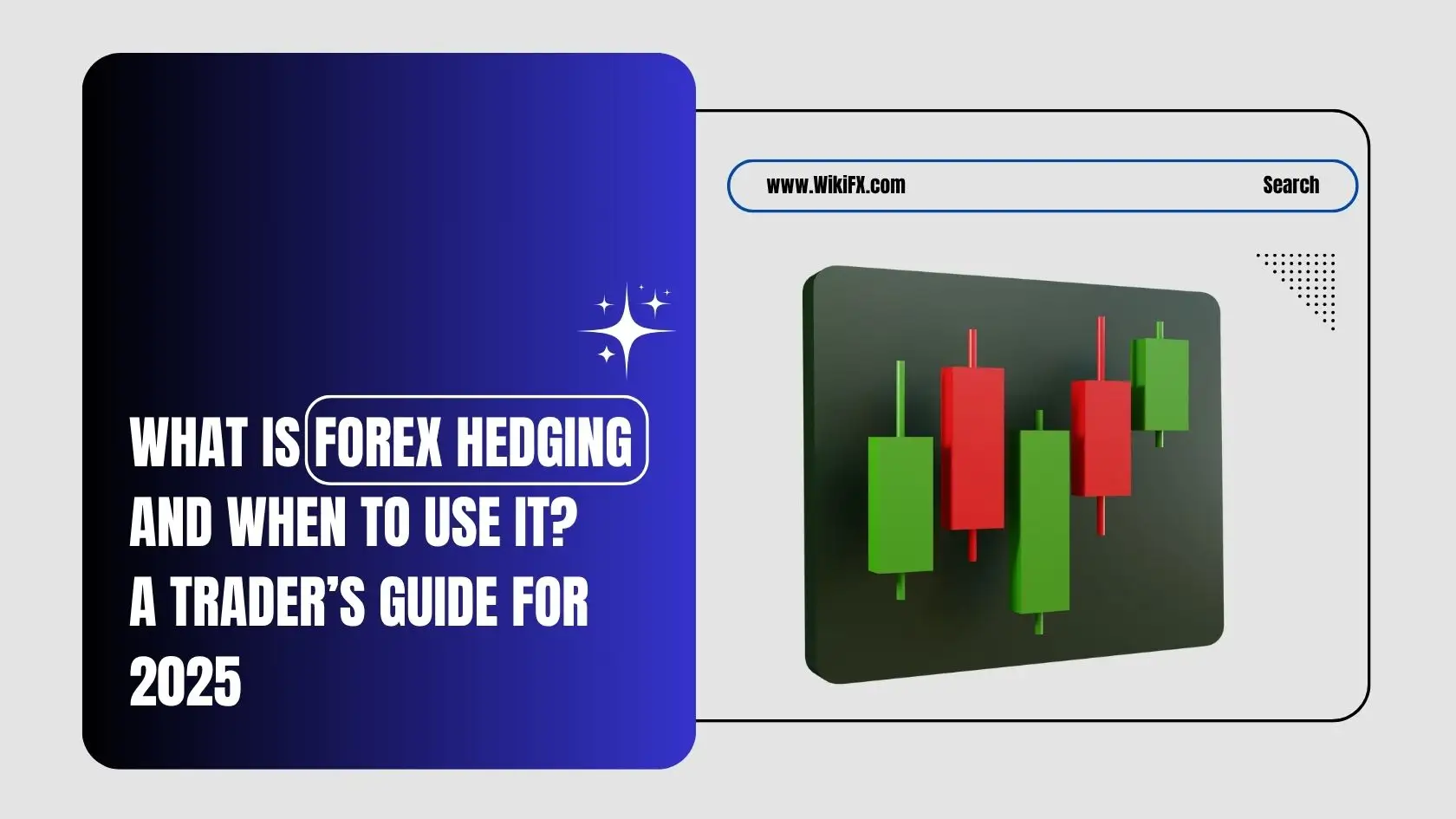简体中文
繁體中文
English
Pусский
日本語
ภาษาไทย
Tiếng Việt
Bahasa Indonesia
Español
हिन्दी
Filippiiniläinen
Français
Deutsch
Português
Türkçe
한국어
العربية
How to make your own trading program using AI
Abstract:Trading robots, also known as algorithmic trading programs or automated trading systems, are becoming increasingly popular among traders.

Trading robots, also known as algorithmic trading programs or automated trading systems, are becoming increasingly popular among traders. These programs use artificial intelligence (AI) and machine learning algorithms to analyze market data and execute trades automatically, without human intervention. In this article, well explore the steps involved in creating a trading robot using AI.
Step 1: Determine Your Trading Strategy
The first step in building a trading robot is to determine your trading strategy. Your strategy should be based on market data and should be well-defined and tested. It‘s important to keep in mind that a trading robot is only as good as the strategy it’s based on.
Step 2: Collect and Analyze Market Data
The next step is to collect and analyze market data. This includes historical price data, news articles, and other relevant information that may affect the market. You‘ll need to determine which data is relevant to your trading strategy and how you’ll analyze it. Machine learning algorithms can be used to analyze large amounts of data and identify patterns that may be difficult for humans to see.
Step 3: Choose an AI Framework
There are many AI frameworks available for building trading robots, including TensorFlow, Keras, and PyTorch. Choose a framework that is well-suited to your needs and experience level.
Step 4: Develop and Test Your Algorithm
Using your chosen AI framework, develop and test your algorithm. This involves training your machine learning algorithm on historical market data and testing it on a separate set of data to see how well it performs. Youll need to refine your algorithm until it produces accurate and profitable trades.
Step 5: Implement Your Algorithm in a Trading Platform
Once your algorithm has been developed and tested, you‘ll need to implement it in a trading platform. This involves connecting your algorithm to a broker’s trading API and setting up automated trades based on the signals generated by your algorithm. You‘ll also need to monitor your robot’s performance and make adjustments as necessary.
Step 6: Monitor and Optimize Your Robot
Finally, its important to monitor and optimize your trading robot on an ongoing basis. This includes monitoring its performance, making adjustments to your algorithm as market conditions change, and ensuring that your robot is always up-to-date with the latest market data.
Conclusion
Building a trading robot using AI can be a complex and time-consuming process, but it can also be highly rewarding. With the right strategy, data analysis, and AI framework, you can create a robot that can execute trades automatically and profitably. As always, its important to remember that trading involves risk and that no trading robot can guarantee profits. However, by following these steps and continuing to refine your robot over time, you can increase your chances of success in the markets.

Disclaimer:
The views in this article only represent the author's personal views, and do not constitute investment advice on this platform. This platform does not guarantee the accuracy, completeness and timeliness of the information in the article, and will not be liable for any loss caused by the use of or reliance on the information in the article.
Read more

6 Effective Forex Strategies for Unstable Market Trends
Forex market is unpredictable and affected by global events, central bank policies, geopolitical tensions, and even unexpected news releases .This volatility can be challenging for traders. However, those with a solid plan and strong strategies are less affected by market fluctuations..To avoid losses and stay stable in volatile conditions, it’s crucial to understand these 6 effective strategies. Theyll help you navigate market trends.

Watch Your Elders at Home: They Could be Victims of Investment Scams
Thousands of elderly people are being quietly robbed of their life savings by convincing online investment scams, often right under the noses of their families. Take care of your family members and their savings!

Forex Hedging Strategies Explained: Smart Risk Management for 2025
Learn how to hedge in forex trading with real examples, timing strategies, and risk tips. A 2025 guide to smart hedging for retail and institutional traders.

Do You Really Understand Your Trading Costs?
Trading in the foreign exchange market is often viewed as a game of precision, strategy and speed. But what many traders overlook is one of the most decisive factors affecting performance: cost. Not just the fees you can see, but the less visible costs hidden in the structure of every trade.
WikiFX Broker
Latest News
PrimeXBT Launches MT5 PRO Account for Active Traders
eToro Expands into Singapore with MAS CMS Licence
Renault shares plunge 16% after French carmaker lowers guidance, appoints new interim CEO
Darwinex Launches INDX: A Revolutionary Investment Strategy for Traders
Top Forex Trading Scams to Watch Out for in 2025
Real Risk Factors with Admiral Markets ! Explained
5 Reasons to Know Why INFINOX Is a Standout Broker?
5 things to know before the stock market opens Wednesday
Trump's big beautiful bill' caps student loans. Here's what it means for borrowers
Weekly mortgage demand plummets 10%, as rates and economic concerns rise
Currency Calculator


